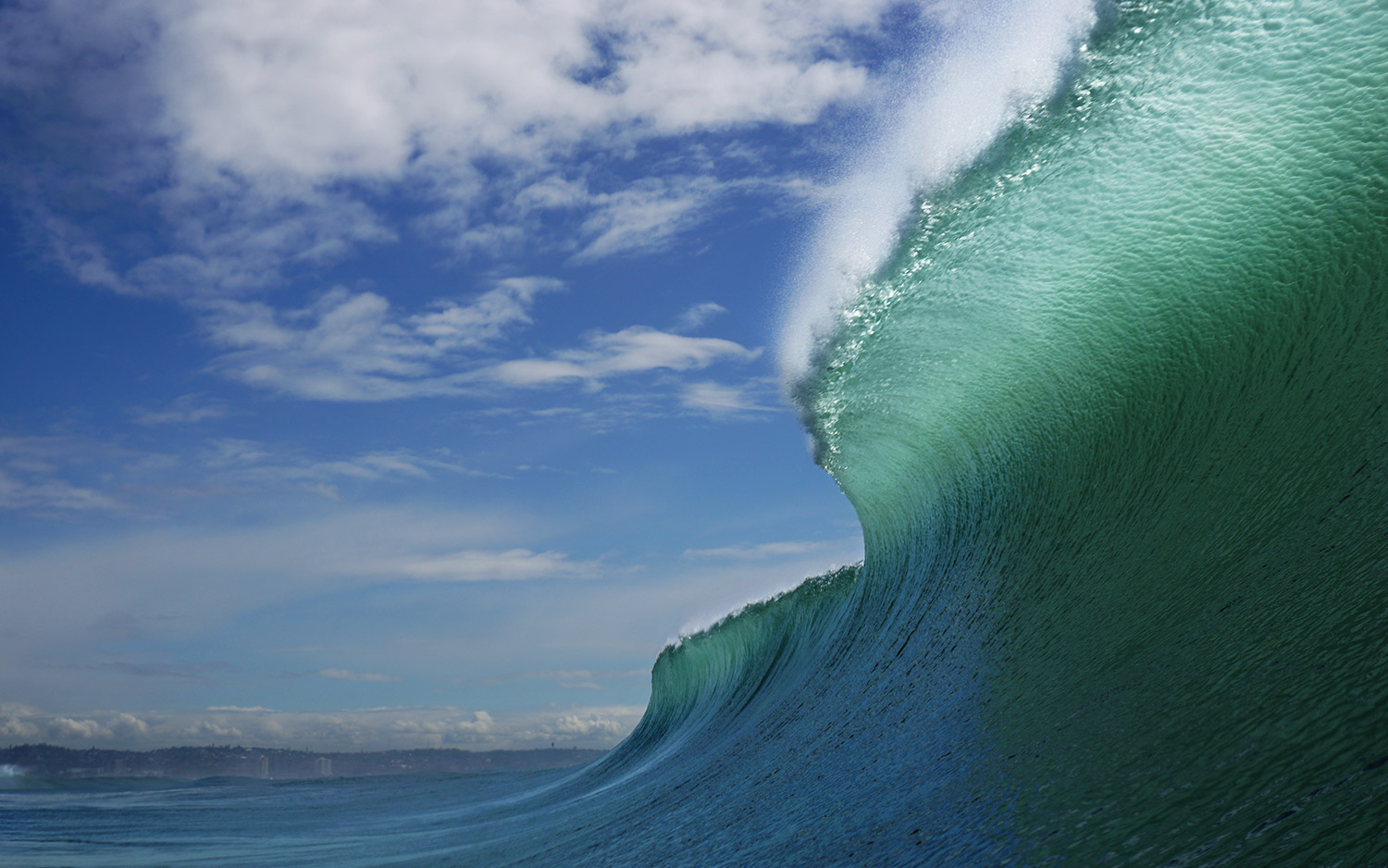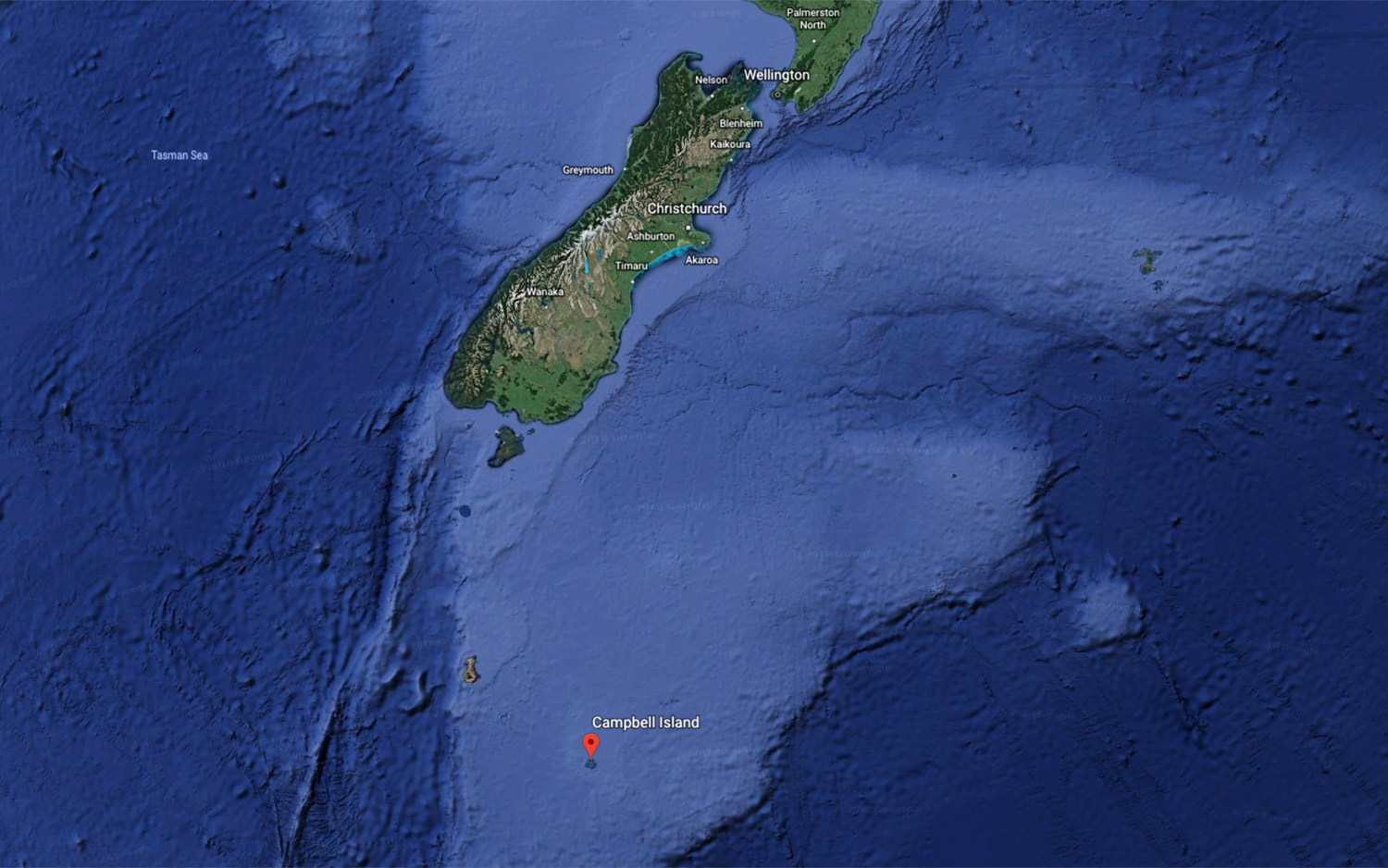78-Foot Wave Is the Largest Ever Recorded in Southern Hemisphere

An eight-story monster wave that crashed down in the Southern Ocean off the coast of New Zealand has set a record. It's the largest known wave to ever hit the Southern Hemisphere, according to New Zealand scientists.
Nobody actually saw the 78-foot-tall (23.8 meters) wave crash down, but a buoy moored by New Zealand's Campbell Island managed to log the amazing wonder on May 8, according to MetOcean Solutions, a subsidiary of the Meteorological Service of New Zealand.
The colossal wave eclipsed its record-breaking predecessor by nearly 6 feet (1.77 m). That wave — a 72.2-foot (22.03 m) swell recorded by an Australian buoy, reared up just south of Tasmania in 2012, MetOcean Solutions said. [In Photos: Check Out These Monster Waves]
"This [new wave] is a very exciting event and to our knowledge it is [the] largest wave ever recorded in the Southern Hemisphere," Tom Durrant, a senior oceanographer with MetOcean Solutions, said in a statement. "This is a very important storm to capture, and it will add greatly to our understanding of the wave physics under extreme conditions in the Southern Ocean."
In this case, a deep, low-pressure system and high winds exceeding 74 mph (65 knots or 120 km/h) helped to create the perfect conditions for the enormous wave. "What is interesting about [Tuesday's] event is the storm speed appears to match the wave speed, allowing wave heights to grow dramatically as the system tracks eastward," Durrant said.

The storm that produced this giant wave could have generated even larger waves, with up to 82-foot-tall (25 m) peaks, Durrant noted. But because the solar-powered buoy needs to conserve its battery energy during its one-year deployment, it takes measurements for only 20 minutes every 3 hours. The buoy then sends these logs — which include the height, period and direction of every wave — to scientists via satellite. So, an even larger wave could have hit while the buoy was not recording, Durrant said.
Though the height of the real record-breaker may never be known, one thing is certain: The Southern Ocean is a powerhouse that generates far-reaching waves. In fact, "surfers in California can expect energy from this storm to arrive at their shores in about a week's time," Durrant said.
Sign up for the Live Science daily newsletter now
Get the world’s most fascinating discoveries delivered straight to your inbox.
He noted that the World Meteorological Organization (WMO) uses a measurement known as "significant wave height" to characterize the state of the sea. To get this number, meteorologists take the average of the highest third of measured waves. For this storm, the significant wave height was 48.8 feet (14.9 m), which is a record for the Southern Ocean.
But it's not the world record. That honor goes to a significant wave height of 62.3 feet (19 m) logged in the North Atlantic in February 2013, Live Science previously reported.
Original article on Live Science.

Laura is the archaeology and Life's Little Mysteries editor at Live Science. She also reports on general science, including paleontology. Her work has appeared in The New York Times, Scholastic, Popular Science and Spectrum, a site on autism research. She has won multiple awards from the Society of Professional Journalists and the Washington Newspaper Publishers Association for her reporting at a weekly newspaper near Seattle. Laura holds a bachelor's degree in English literature and psychology from Washington University in St. Louis and a master's degree in science writing from NYU.









